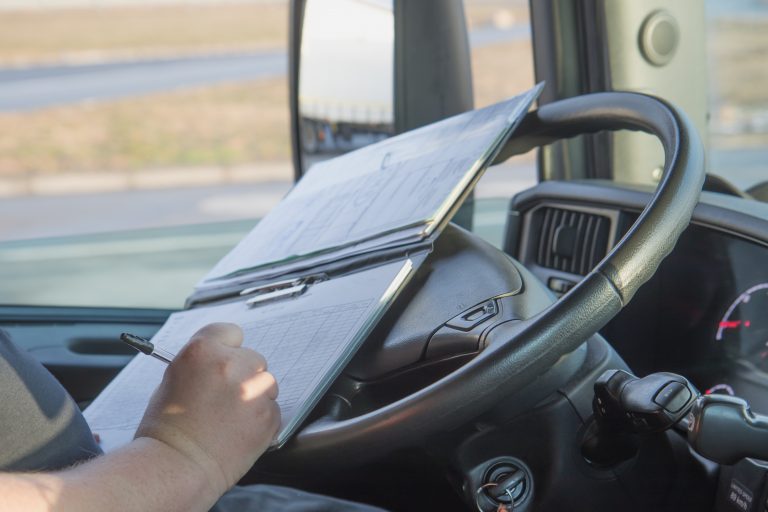How bilateral operations are controlled on the road? Do you know how to answer authorities’ requirements?
New rules for the posting of drivers in the road transport sector, distinguishes between types of transport operations to which rules on posting should apply and those to which posting rules should not apply. More specifically, the drivers shall not be considered to be posted when performing the international transport operations.
The European Commission clarify definition referred to the international bilateral transport operation understood as transport operations based on a transport contract from the Member State where the operator is established (Member State of establishment) to another Member State or to a third country, or from another Member State or a third country to the Member State of establishment. ( the note is available here)
What documents can be controlled on the road?
The company obligation to send a posting notification, electronically, for using the IMI system, using a multilingual standard form. This should be done at the latest when the delegation starts. The obligation to have in the vehicle and to present it for inspection in paper form or an electronic copy:
- evidence of the transport operations taking place in the host Member State, in paper or electronic form such as an electronic consignment note (e-CMR);
- the tachograph records (in particular country symbols of the Member States in which the driver carried out transport operations).
- the IMI posting declaration in paper or electronic form
As provided by Article 11. of lex specialis Directive : “For the purpose of ascertaining whether a driver is not to be considered to be posted pursuant to paragraphs 3 and 4 of this Article, Member States may only impose as a control measure an obligation for the driver to keep and make available, where requested at the roadside check, in paper or electronic form, the evidence of the relevant international carriages, such as an electronic consignment note (e-CMR) or evidence referred to in Article 8(3) of Regulation (EC) No 1072/2009, and tachograph records, as referred to in point (b)(iii) of this paragraph.”
In fact, during the roadside checks, the authority will verify the CMR letters and the following details in order to verify if the bilateral journey was performed according to the new rules for the posting of drivers in the road transport sector:
- loading and unloading address,
- time and date of loading and unloading activities,
Under the new posting rules, bilateral operations are those whose, “the nature of the service is closely linked with the Member State of establishment of the company”. 1
„For the purpose of this Directive, a bilateral transport operation in respect of goods means the movement of goods, based on a transport contract, from the Member State of establishment, as defined in Article 2(8) of Regulation (EC) No 1071/2009, to another Member State or to a third country, or from another Member State or a third country to the Member State of establishment.”1
How should the transport company prove that it performs just a bilateral operation and drivers shall not be considered as posted?

The best way, in addition to a carefully filled CMRs letters barring the exact loading and unloading address, time and date of these activities, would be to display the data from the tachograph. What it is more important for transport operators, who performs a bilateral operation, that they indicate on the tachograph immediately after crossing the border from the country of establishment of the company, when the first loading was performed.
It is also possible to keep a document at the company or at the representative’s office that proves the Member State of establishment of the company.
During a roadside check, it must be proved and defined that the transport operation took place from the Member State where the operator is established to another Member State or third country. Correctly recorded border on the tachograph in each crossing country and properly filled out CMR letters will play the most important role here.
At the time of the control interview at the roadside, the transport operator should be able to prove by means of the above-mentioned documents that transport operation is considered a bilateral operation in accordance with Directive 2020/1057, also known as lex specialis.














